The Lake Manyara
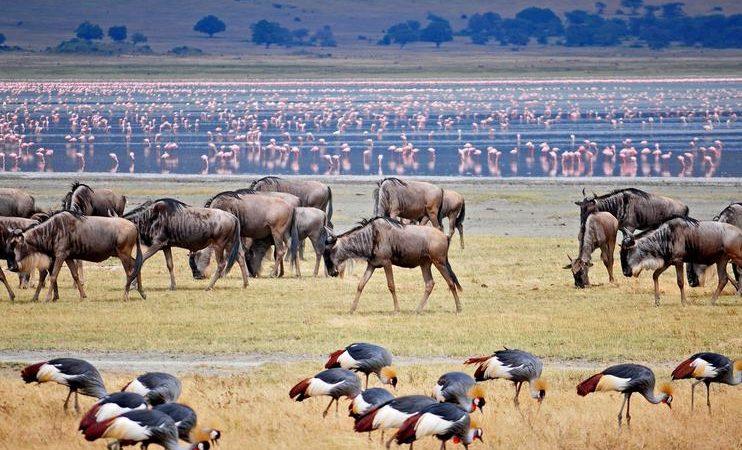
About
Lake Manyara National Park, derived from the Maasai word “enyara,” meaning the milk-like water tainted with alkali, is a remarkable display of natural beauty and ecological richness. Established in 1960, the park covers around 330 square kilometers in northern Tanzania, located within the Great Rift Valley.
The park’s varied landscapes include the alkaline lake, expansive grasslands, acacia woodlands, and a lush groundwater forest, offering an extraordinary setting for discovery. Its shores, framed by lush forests and set against the backdrop of milky waters and a towering escarpment, serve as a sanctuary for wildlife. Among the park’s highlights are the iconic pink flamingos that flock to the shallows, drawn by the plentiful water sources nourished by rivers and streams.
This blend of habitats highlights Lake Manyara as an important hotspot for biodiversity.
Wildlife
While Lake Manyara National Park may not have a high concentration of wildlife, it is rich in variety. Elephants thrive here, often seen in large herds, while other notable species like giraffes, zebras, and wildebeest are commonly spotted. Of the Big 5, rhinos are the only ones missing, but the park is famous for its tree-climbing lions. Although the presence of spotted hyenas keeps sightings of leopards, cheetahs, and wild dogs rare, the park remains a haven for wildlife enthusiasts.
Birdwatchers are in for a treat with over 400 species recorded, and the flora is equally captivating, featuring ancient fig trees and majestic baobabs.
Lake Manyara National Park is located about 126 km (78 miles) from Arusha, which is roughly a 2.5-hour drive. Alternatively, visitors can fly directly to the park, as it has its own airstrip.
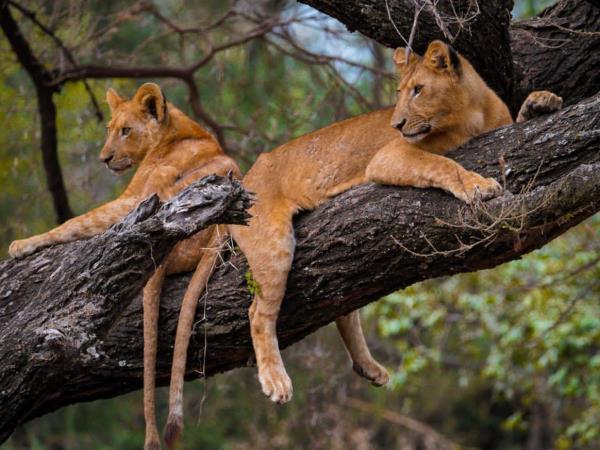
Lake Manyara Highlights
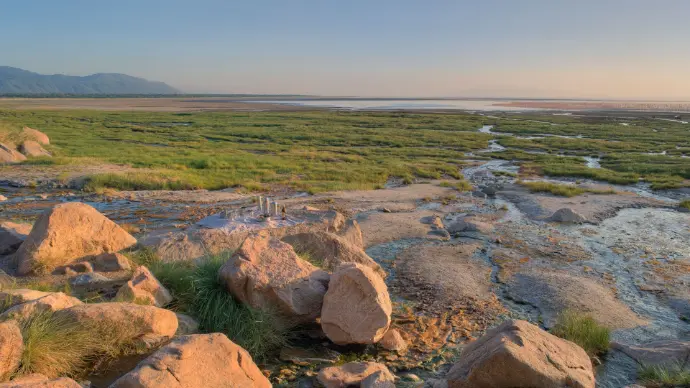
Maji Moto Kubwa Hot Springs
Hot water rises to the surface, forming a lush, swampy environment that provides an ideal nesting ground for birds. This fertile area offers a perfect haven for various bird species, further enhancing the park's biodiversity.
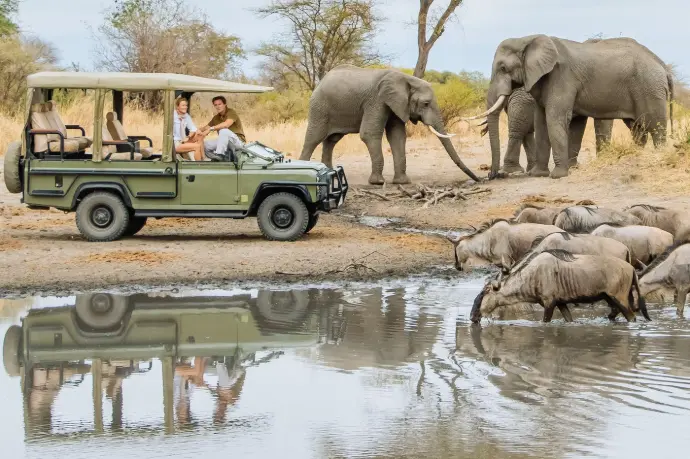
All Year round Safaris
Thanks to the temperate climate and limited rainfall, visitors can enjoy the park's wildlife year-round, making it a great destination no matter the season.
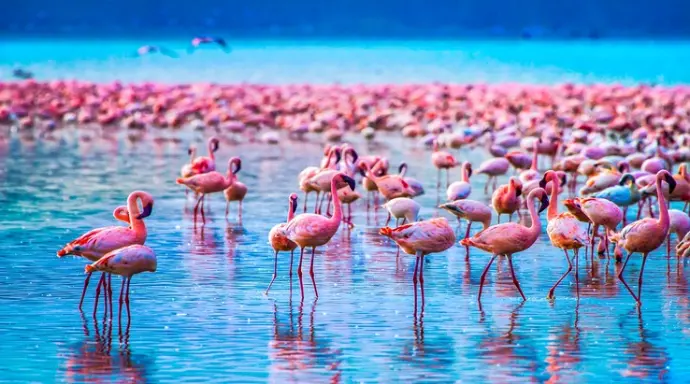
Exceptional Scenery
The stunning lake, abundant birdlife, and surrounding landscapes all showcase the epitome of African beauty, creating a captivating and unforgettable natural scene.
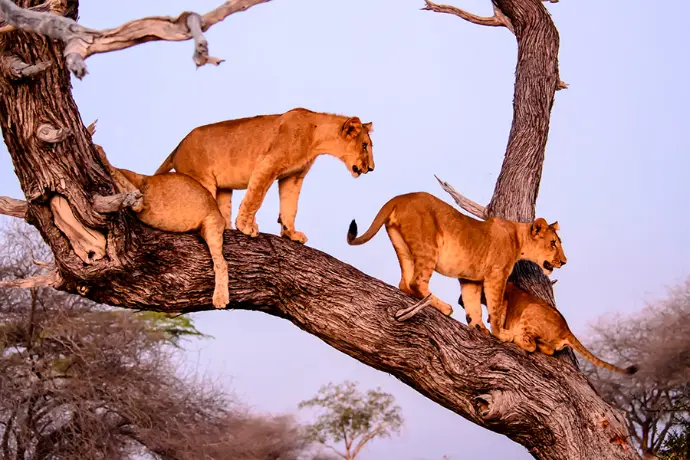
Tree Climbing Lions
This is one of the rare spots where lions climb trees, likely to catch the breeze and escape pesky insects, adding a unique behavior to their already fascinating nature.
Walking Safaris
Walking safaris are permitted within the national park, in the company of an armed guide
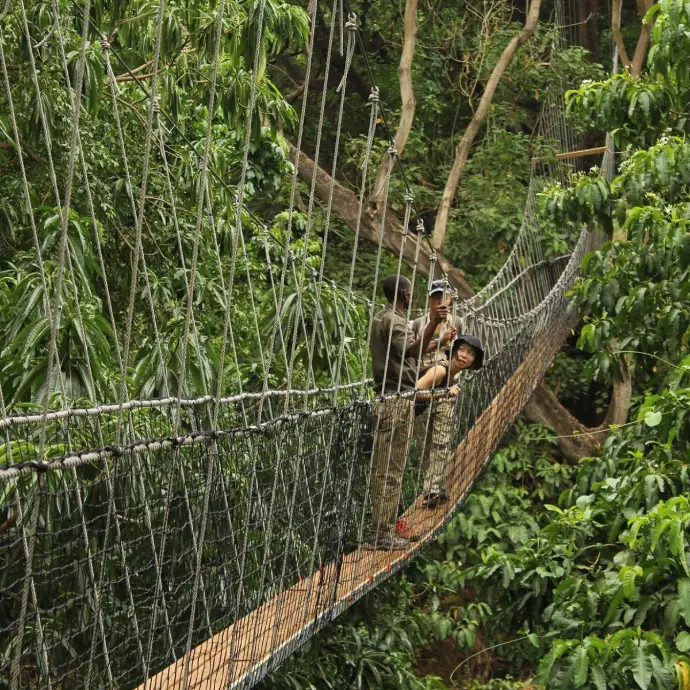
Experience The Adventures
Activities

Game Drives
Heading out during the cooler hours, when wildlife is most active, you'll embark on your adventure in a specially designed safari vehicle, accompanied by an expert guide on the lookout for Africa's big game. For those looking to dive deeper, full-day safari options are also available.
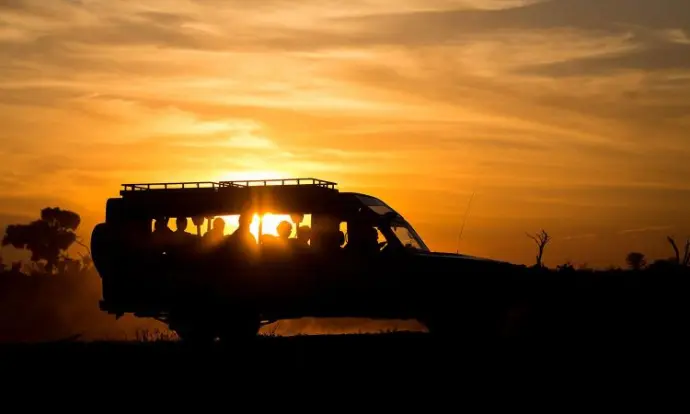
Night Game Drives
Embark on an exhilarating game drive after sunset, where you’ll have the chance to encounter nocturnal creatures like civets, porcupines, and even elusive predators, adding a thrilling dimension to your safari adventure.
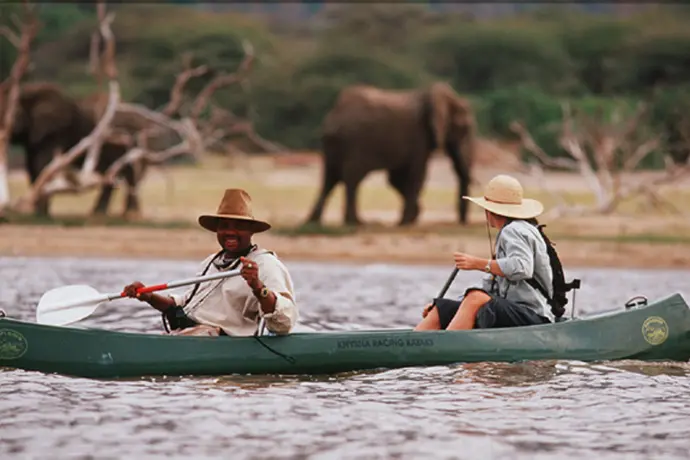
Canoeing
Glide quietly along the shoreline, observing wildlife as it peacefully roams. Your guide will help you spot a variety of water birds, enhancing the tranquility and beauty of the experience.
Visiting Timelines
Discover the best times to Visit Lake Manyara.

Dry Season
The sparse vegetation at this time assists with game viewing, and it is considered the best time to visit. Dry season runs from June to October.

'"High Season"
The peak tourist season at Lake Manyara stretches from July to March, with the park becoming busier as the day progresses, especially during the afternoon hours.
The Wet Season
From a scenic viewpoint, the park is at its most vibrant and lush between November and May, when the rains transform the landscape into a rich, green paradise.
